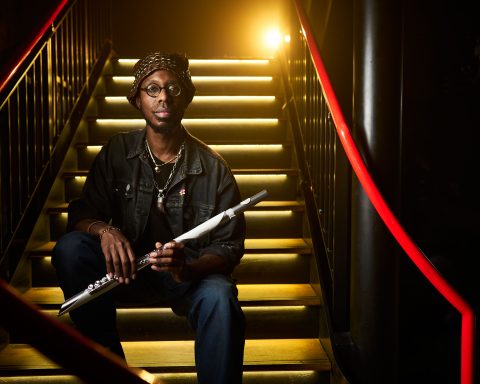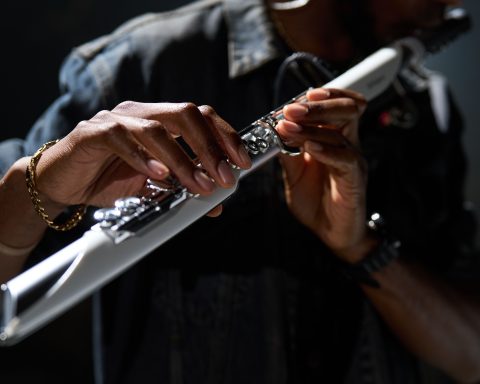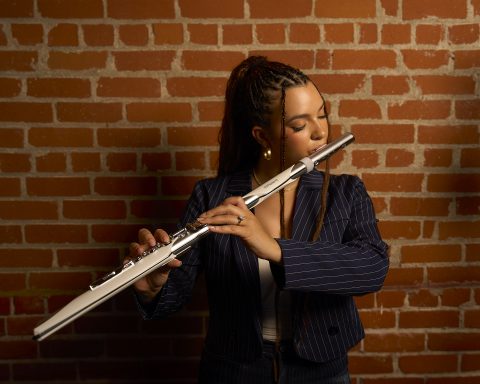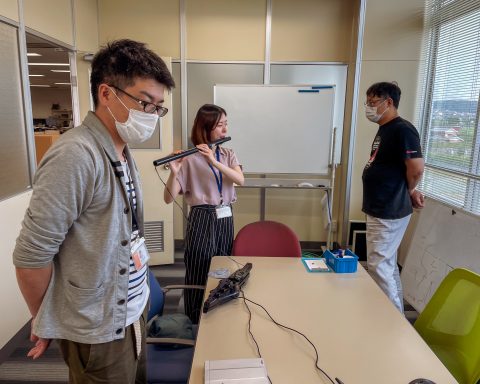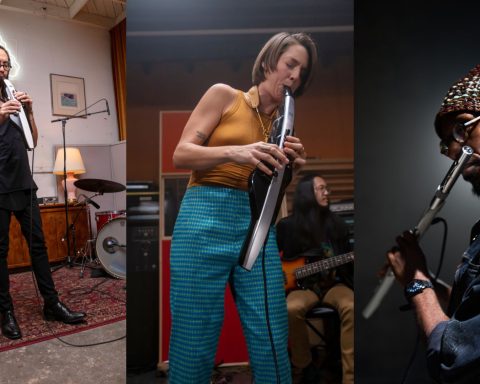Since its debut in 2016, the Roland Aerophone series has redefined what it means to play a wind instrument. From the pioneering AE-10 to the sleek and expressive Aerophone Brisa, each model has pushed the boundaries of digital wind performance, offering musicians new ways to explore sound, style, and stage presence. Designed for professionals, multi-instrumentalists, and passionate hobbyists alike, the Aerophone family reflects a commitment to innovation, accessibility, and musical expression.
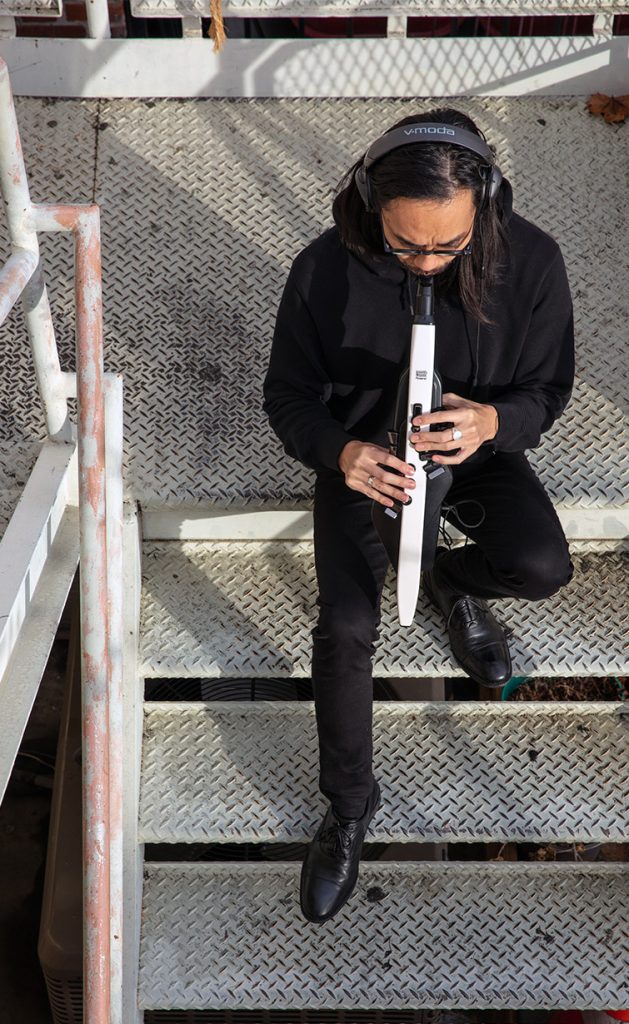
A Vision Realized: From AE-10 to AE-30
The Aerophone AE-10 marked Roland’s first foray into digital wind instruments. Built with saxophone-style fingerings and powered by the SuperNATURAL sound engine, it offered a realistic playing experience for saxophonists seeking silent practice or sonic expansion. “We decided to create a brand-new instrument with the same fingerings as a saxophone, one that saxophonists could switch to and start playing immediately,” Aerophone product leader Yuji Terada explains. The AE-05 followed, refining the mouthpiece design and waterproofing, and became the cornerstone for future models.
The AE-01 introduced a compact, beginner-friendly option, while the AE-30 (Aerophone Pro) became the flagship model, boasting advanced synth capabilities and a wide array of tones. Each iteration reflected a dedication to user feedback, ergonomic design, and expressive control—culminating in a lineup that spans casual practice to professional performance.
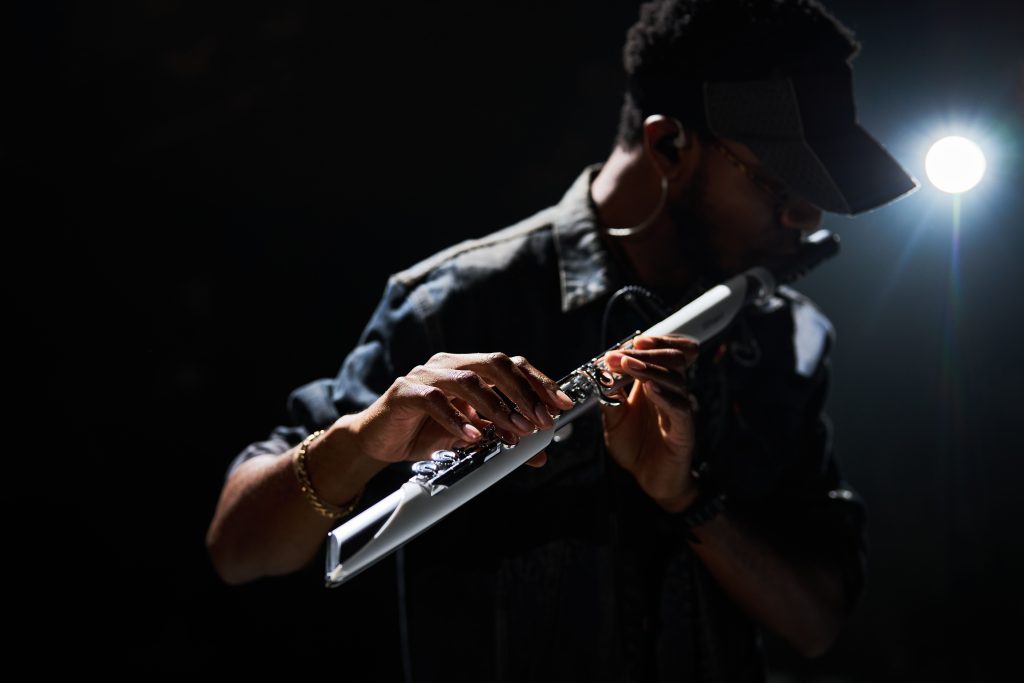
Enter the Breeze: Aerophone Brisa
The newest addition, Aerophone Brisa, is a breath of fresh air for wind players. Designed with the elegance and familiarity of a flute, Brisa makes it easy for musicians to step into the world of digital performance without leaving behind the feel they love. Its name—meaning “light wind” or “breeze”—perfectly captures the instrument’s playability and expressive depth.
Brisa is tailored for stage performers and wind doublers who want to stand out. From flutists seeking “wow” moments on stage or multi-instrumentalists looking to consolidate gear, Brisa offers a seamless transition into digital performance without sacrificing familiarity.
“As a touring musician, it would be really useful to have as a practice tool on the road and as a performance instrument on stage. It would be totally unique and translate well to an audience,” James King of Fitz and the Tantrums expresses.
Play Your Way
Each Aerophone model is built for players who want to explore new sounds while staying true to their preferred playing style. From saxophone to clarinet or flute, Aerophone’s responsive breath control and customizable settings preserve the expressive nuances of acoustic playing while unlocking new sonic possibilities. It’s a seamless blend of tradition and innovation designed to keep musicians focused on creativity, not relearning technique.
A Unified Vision of Innovation
The Aerophone series reflects Roland’s ongoing effort to reimagine what wind instruments can offer today’s musicians. From the AE-10’s saxophone-style layout to the flute-inspired design of Aerophone Brisa, each model is developed to support a wide range of playing styles while introducing new creative possibilities.
Aerophones open the door for anyone to learn a new instrument without the steep learning curve of traditional wind instruments, no matter their background. After launching in the market, the Aerophone team noticed a surprising and heartening trend. “There were senior citizens and many others who felt they could now try playing the saxophone,” Terada says.
Rather than replacing traditional instruments, Aerophones are designed to complement them, giving players access to a broad palette of sounds, intuitive controls, and expressive features that enhance both live performance and studio work. As the series continues to evolve, the focus remains on helping wind players explore new musical directions without abandoning the techniques they know best.


